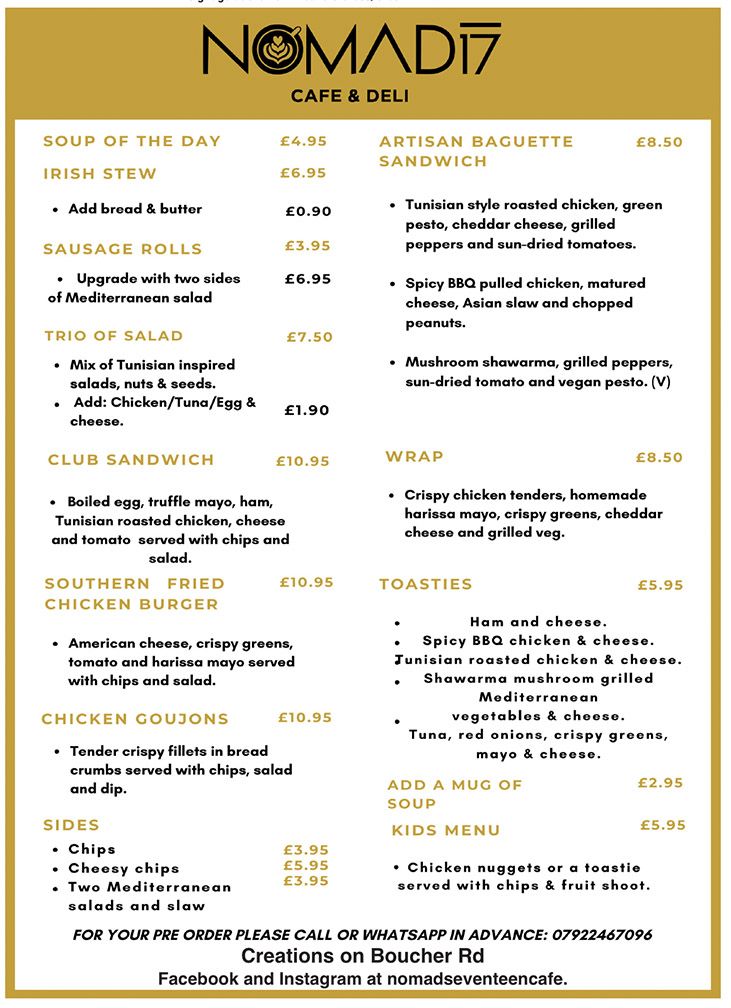“I know it has history. But history is history. It’s beside the Lock Keeper’s Cottage and everybody knows the story about this place. Why would I want to change it?” said Lawrence Huddleson who took over the Lock Keeper’s Inn in March of this year.
The Lock Keeper’s Inn, as most people know, is on the Lagan towpath near Shaw’s Bridge
The history he referred to was that of MP Iris Robinson and her affair with Kirk McCambley whom she helped set up in business in the cafe.
The Lock Keeper’s Inn instantly became one of the best known cafes in the land for all the wrong reasons when the story broke in 2010.
As Mr Huddleston said, “history is history.” Not far from the Lock Keeper’s Inn was a well known and well run inn which survived for around 150 years.
The country public houses of long ago, as many of the older generation remember them, were not rightly referred to as an inn but had a welcome charm of homely hospitality. The immediate outskirts of Belfast in the good old days had various public houses many of which are now hardly a memory. Many were bought up by the big companies, modernized and extended with fancy lounges complete with stainless steel, plastic and formica, fluorescent lighting and mock facades.
The installation of a manager on a bonus led to price rises and the end of the “one on the house” to begin with which was the generous rule of the day when these establishments were family owned.
One of these rural retreats has its name preserved as “Molly Ward’s Locks”, on the old Lagan canal which linked the River Lagan and Belfast to Lough Neagh. The canal actually owed its existence to the levy of a duty on beers and spirits. In 1753 the Irish Parliament in Dublin passed a bill and the monies raised by the duty enabled the Commisioners of Inland Navigation to proceed with the making of the canal.
In 1756 the Commissioners of Inland Navigation for Ireland began work on the Lagan Navigation. Thomas Omer was appointed engineer in charge. In constructing the navigation, Omer opted to improve the existing river channel where suitable and to create a new ‘cut’ or canal where the natural water course followed large loops or meanders. Within a year a navigable channel existed from Belfast to Drum Bridge and by September 1763 this extended to Lisburn.
Work on the canal project began between Lisburn and Lough Neagh on 7th September 1763 and it was hoped that eventually Belfast would be linked with the Shannon. It could be argued that since the canal owed its existence to the levy of duty on beers and spirits that it should have its public houses nearby to serve those who worked and traded on the canal and so in 1766 a liquor licence was granted to one John Ward, said to be from “near Shaw’s Bridge Malone.”
The exact location of the first public house is uncertain but it is said to have been close to the towpath of the Lagan and near the first lock. The earliest OS maps were made almost a hundred years later and Molly Ward’s house is marked on it. This may well have been the original public house but we can’t be sure. What is sure is that Irish Revenue police raided Mary Ward’s public house in 1851 in search of contraband liquor (poitín) thought to have been brought from the Armagh/Tyrone district by barge. On this occasion the raid was fruitless. Mary Ward is described in the police records as a widow and was probably the mother of Molly Ward.
The memoirs of John McCoubrey record that “I was interested in Molly Ward’s for I remember her as the proprietress of the public house which her father owned before her. I well remember her dispensing drinks and curds and cream in her little garden. She always wore a clean white apron. She was a kindly soul and the heart of corn and even the boys could get strap when they were short of cash.
“After her death a Mrs Keeley took over the licence and removed to the first lock.
“The McAuley’s got it after Mrs Keeley’s time and removed to a thatched cottage near the boathouse. McAuley had horses and drew lighters up and down the canal.”
Molly Ward’s opened on a Sunday as a “bone fide” house. Before 1922 certain public houses which served food could legally open on Sundays to serve customers who had travelled three miles.
Although most of the customers did not qualify under this rule the police turned a blind eye as there was no trouble.
Alas, Molly Ward’s is no more but the name lives on.






